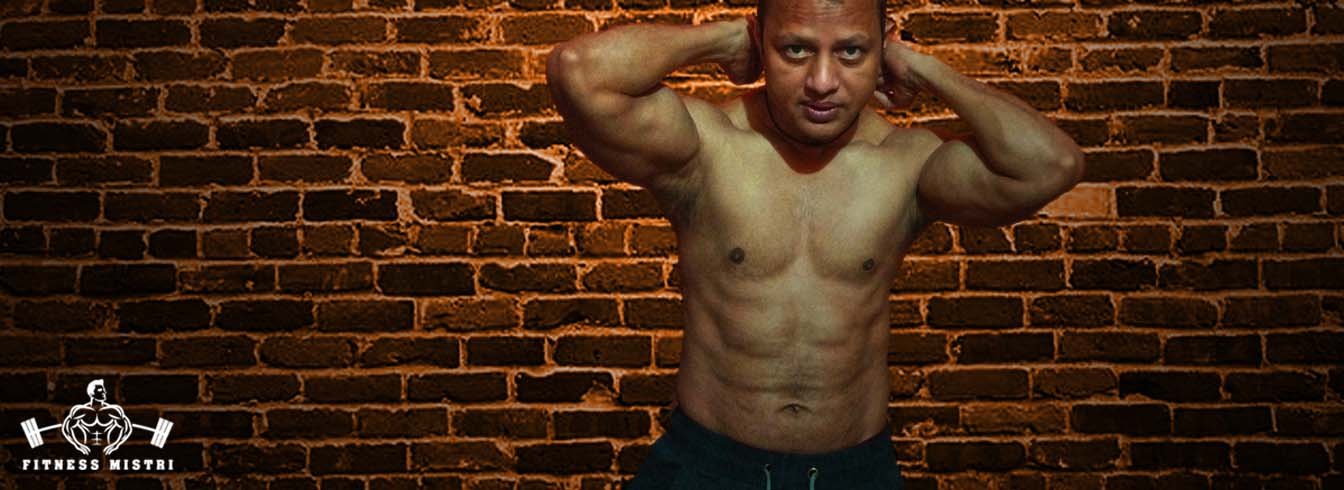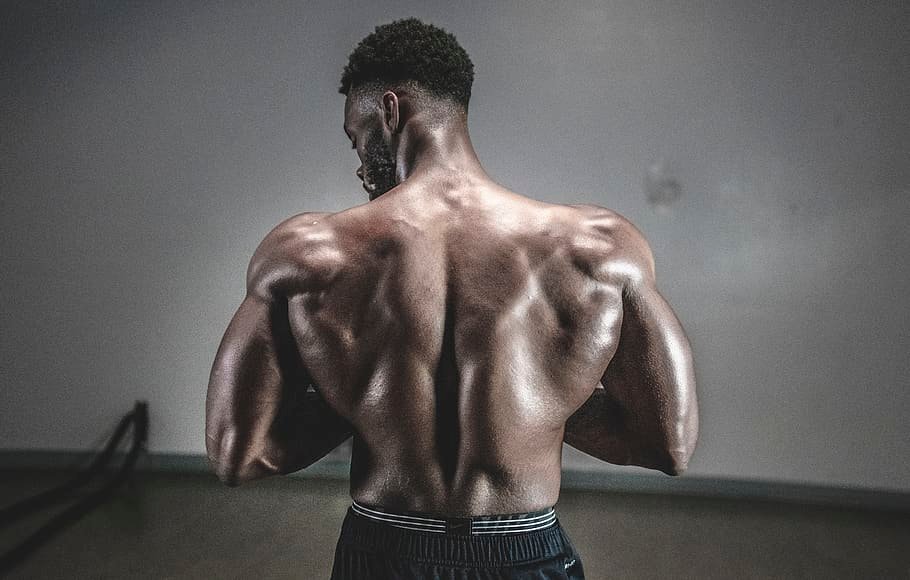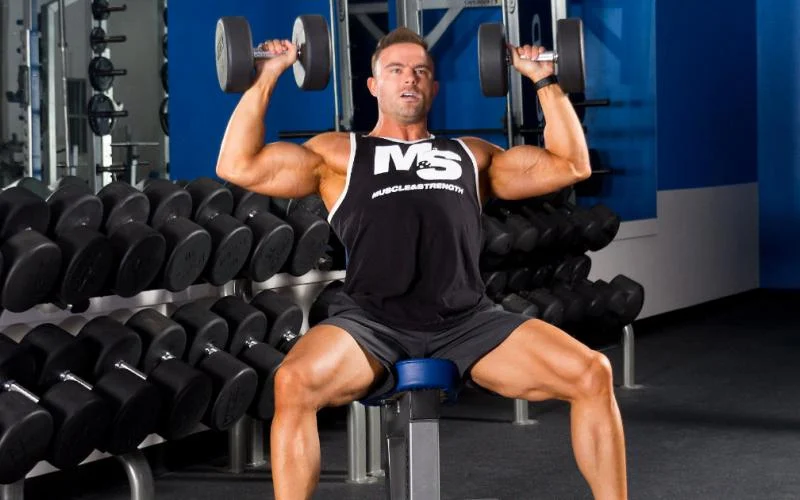What is the best time to go gym?
the best time to go to the gym is when you feel most motivated, energized, and can maintain a consistent routine. Experiment with different times to see what works best for you, and remember that the most important thing is to make exercise a regular part of your life, regardless of the time of day.
Which day to train which body part?
Choice of training split should align with your goals. If you're looking to build muscle, a muscle group split or upper/lower split might be appropriate. If you want a balanced approach, consider full-body workouts or push/pull splits. Additionally, it's essential to allow adequate rest and recovery between workouts targeting the same muscle groups.
Individual variations, preferences, and recovery abilities play a significant role in determining the optimal training split. It's a good idea to consult with a fitness professional or personal trainer to create a customized workout plan tailored to your specific needs and goals.
What should beginners do on the first day of Gym?
Starting a gym workout as a beginner can be both exciting and a bit intimidating. The key to a successful first day at the gym is to focus on learning the basics, establishing good form, and gradually easing into your fitness routine. Here's a step-by-step guide for what beginners should do on their first day at the gym:
Set Your Goals:Before heading to the gym, determine your fitness goals. Are you looking to lose weight, build muscle, increase strength, improve endurance, or simply get healthier? Having clear goals will help you plan your workouts.
Choose a Suitable Gym: Select a gym that is convenient for you in terms of location, hours, and equipment availability. Most gyms offer tours, so take advantage of this to familiarize yourself with the facilities.
Choose a Suitable Gym: Select a gym that is convenient for you in terms of location, hours, and equipment availability. Most gyms offer tours, so take advantage of this to familiarize yourself with the facilities.
Warm-Up: Start with a 5-15 minute warm-up to increase blood flow and prepare your body for exercise. You can use a treadmill, stationary bike, or simply do some light bodyweight exercises like jumping jacks or arm circles.
Ask for Help:
Don't hesitate to seek assistance from gym staff or trainers if you have questions about equipment usage or need help with your form. They are there to assist you.
Start with Basic Exercises:
As a beginner, focus on fundamental exercises that work multiple muscle groups. These may include:
Bodyweight exercises: Push-ups, bodyweight squats, lunges, planks.
Free weight exercises: Dumbbell curls, dumbbell squats, bench press (with light weights).
Don't hesitate to seek help:Don't hesitate to seek assistance from gym staff or trainers if you have questions about workout and equipment usage. They are there to assist you.
Stay Hydrated: Bring a water bottle and drink water throughout your workout to stay hydrated.
Stretching and cooldown: After your workout, take a few minutes to cool down with light cardio (e.g., walking) and then perform static stretches to improve flexibility and reduce muscle soreness.
Measure Your Progress: Consider keeping a workout journal or using a fitness app to track your workouts, including exercises, sets, and reps. This will help you monitor your progress over time.
Rest and Recover: Give your body time to recover between workouts. Beginners should aim for 2-3 workouts per week with rest days in between.
Be Patient and Consistent:
Results take time, so be patient and stay consistent with your workouts and nutrition. Consistency is the key to long-term success.











